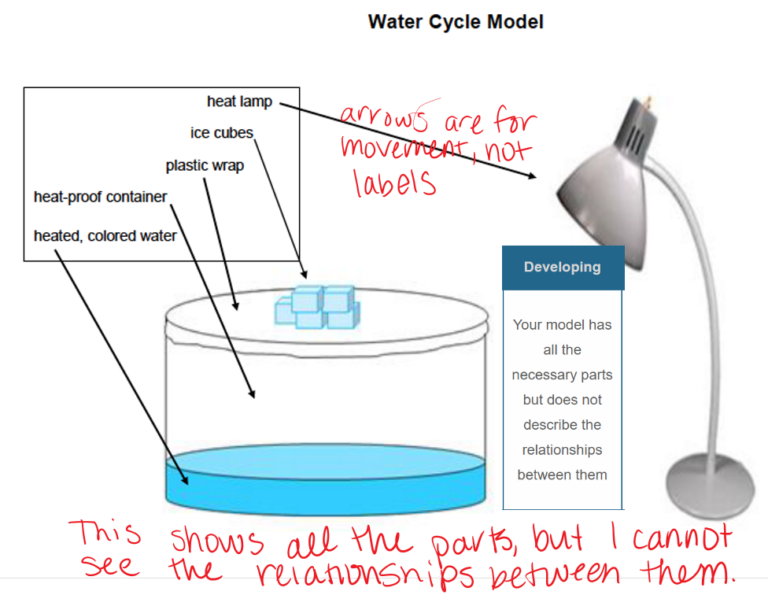- The greatest impact is seen when rubrics, exemplars, and dialogue are combined.
- Introducing an exemplar after students have begun work can increase creativity.
- Pair exemplars with a rubric to improve assessment literacy.
- Dialogue around exemplars; don’t just attach them to a project description.
Exemplars are samples of work that teachers use to help students understand the qualities of mastery work, deepen student understanding of assessment criteria, improve student self-monitoring skills, and increase their ability to apply knowledge and skills to new situations. Exemplars are an incredibly powerful tool for helping students learn. Using exemplars can provide students with a concrete example of what is expected of them and can serve as a model for them to follow as they begin work. This can be especially helpful for students who have difficulty understanding abstract concepts or for those who need extra support in mastering certain skills.
One way to use exemplars for student learning is to provide students with a list of exemplars that represent the different levels of understanding or performance they should be aiming for. Doing this allows students to see how their work compares to the exemplars. Additionally, providing exemplars can also help students to identify errors in their own work and learn to make corrections on their own.

Researchers Eleanor Hawe and Helen Dixon of the University of Auckland found that rubrics used out of context have less impact on student learning and performance than when they are paired with an exemplar. When exemplars, rubrics, and discussion are paired together, the biggest impacts are seen. So why don’t we see more teachers using exemplars in their classrooms? Many teachers have misconceptions about exemplars that reduce their interest in using this effective strategy.
Won’t my students just copy the exemplar?
Researcher David Carless has found that dialoguing around an exemplar can help students take ownership of the process, rather than seeing the exemplar as something to be copied.
Won’t my students be less creative if they see an exemplar?
It can help to have students engage with some element of the assignment before showing the exemplar, so they have an opportunity to develop their own ideas first. Hawe and Dixon recommend showing multiple exemplars to demonstrate that there are multiple ways to approach the task.
How do I help my students see what’s important in an exemplar?
- Lead a discussion where students can share their observations and disagree constructively
- Ask students to justify their conclusions about the quality of the work
- Scaffold key features of the exemplar
- Align the exemplar with assessment criteria on a rubric